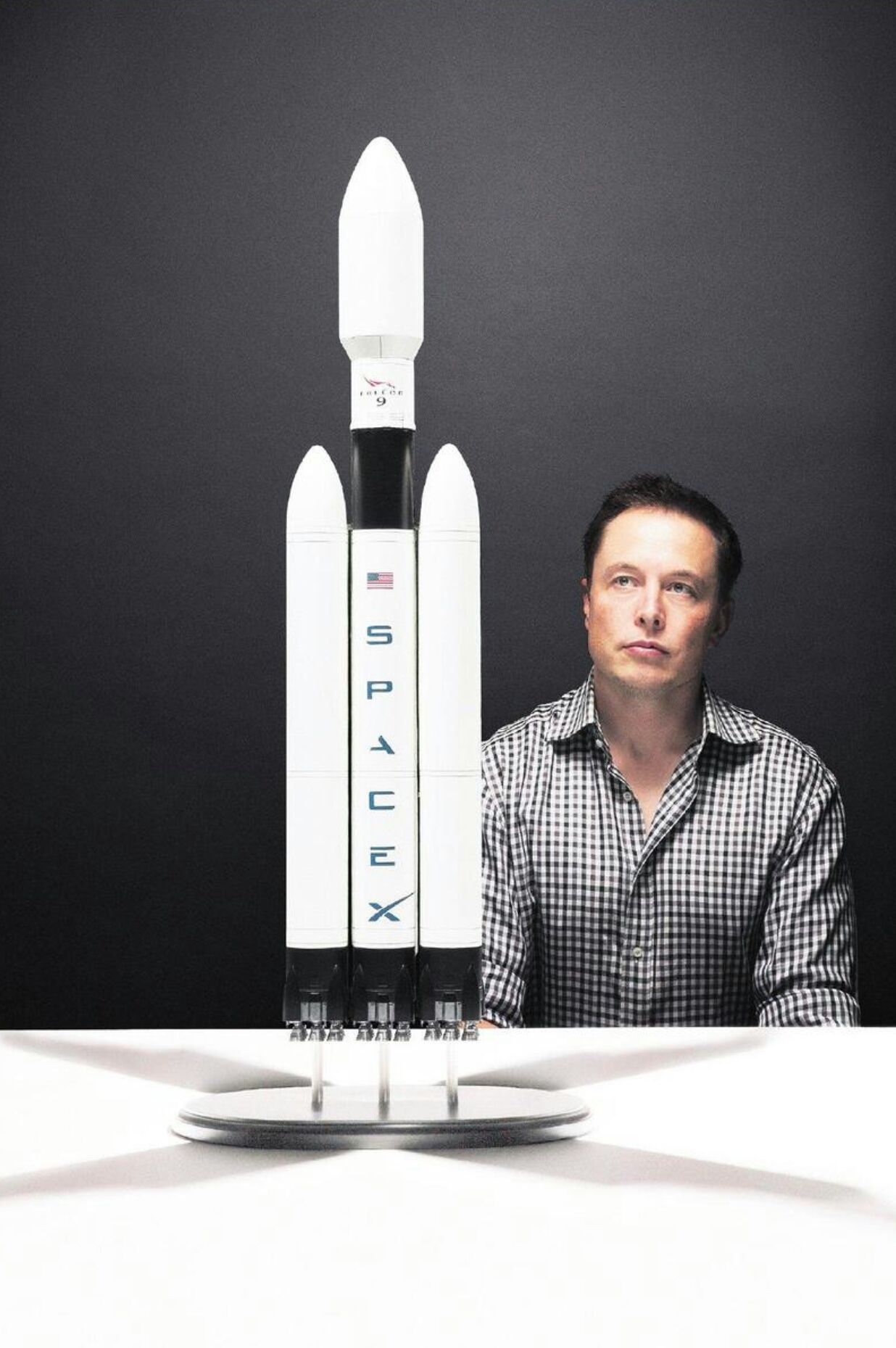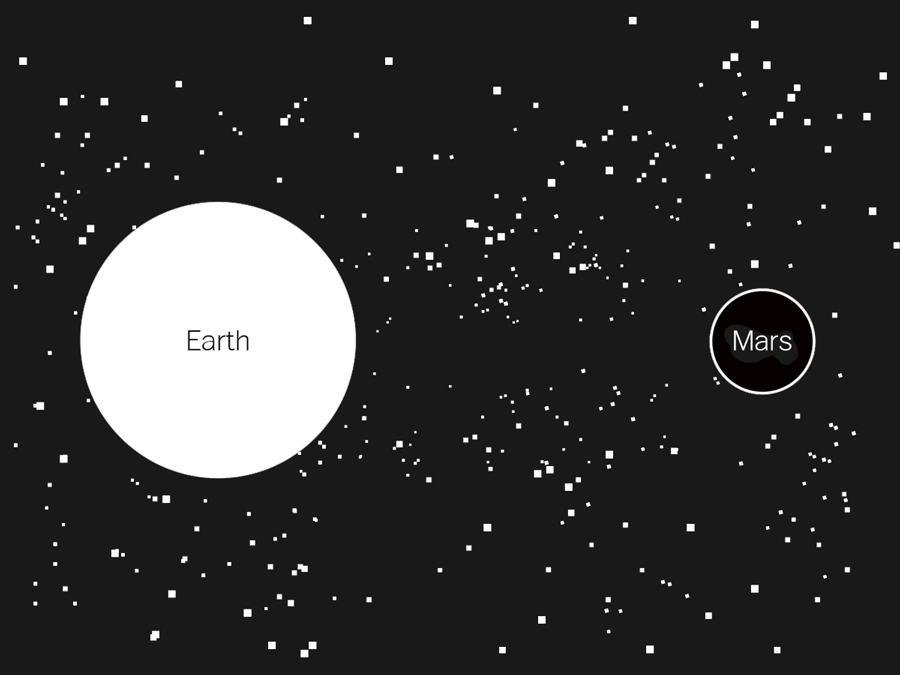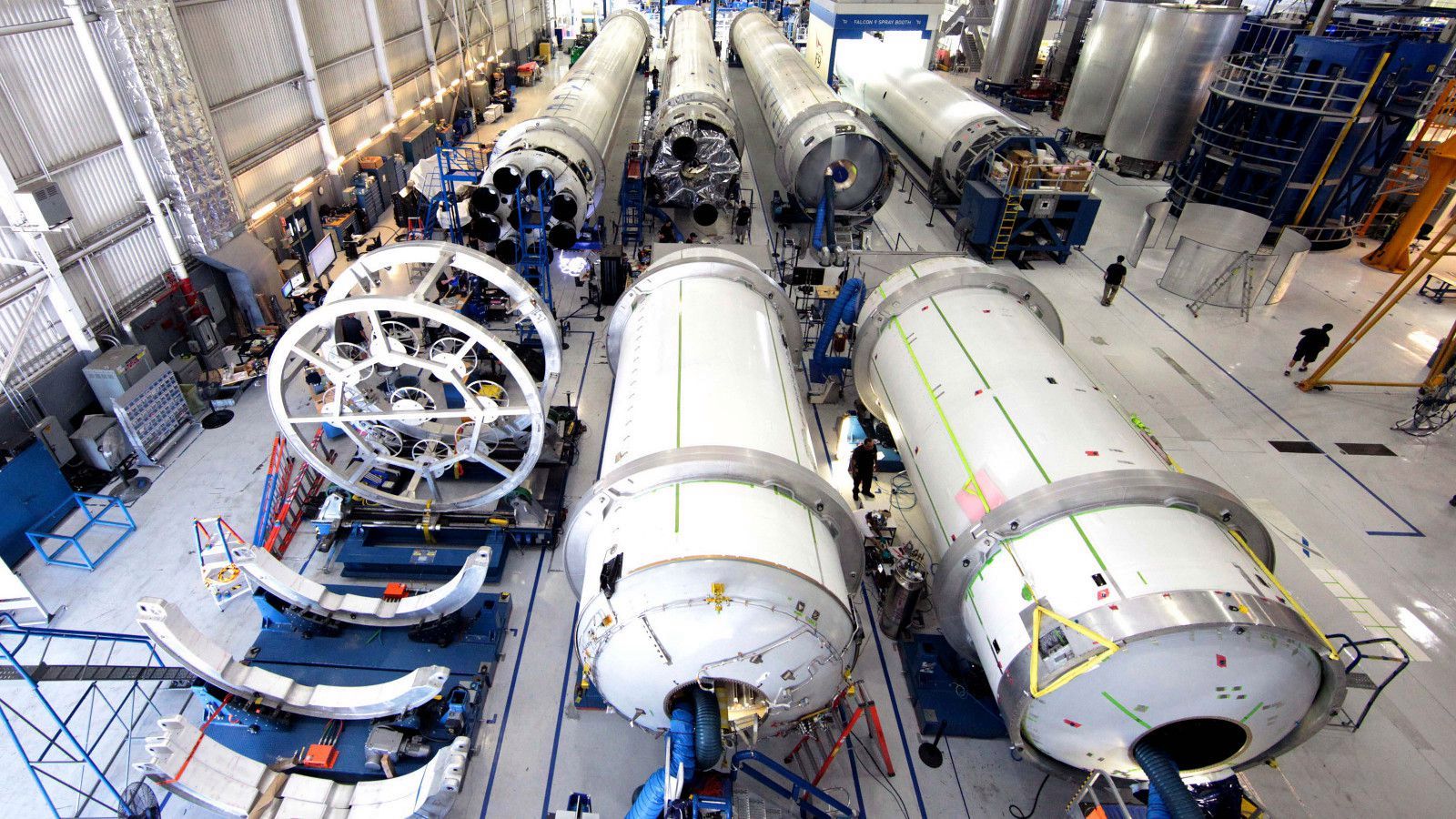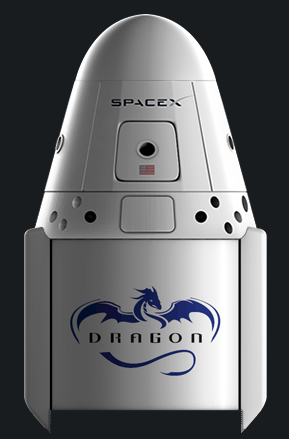In 2014, NASA said it would pay SpaceX its largest single contract ever, $2.6 billion, to shuttle US astronauts up to the International Space Station (ISS). It’s one of two companies that will build vehicles to replace the discontinued space shuttle and return the US to the list of spacefaring nations. The other, SpaceX’s frequently testy competitor Boeing, will do the same job but at more than half again the cost—some $4.2 billion.
When NASA officials first got involved with SpaceX eight years ago, they thought they were hiring a temp worker for scut work—a so-called “space taxi” while the government focused on higher aims. But now the commercial project may be NASA’s best hope for getting humans into space.
In fact, SpaceX has a chance at beating the aerospace giant to be the first private company to fly humans into orbit. This is an enormous milestone for the firm, and also its most dangerous task so far. But building cost-effective space vehicles gives SpaceX a chance to save US space efforts from their own torpor.
Despite successes in planetary science, like the Curiosity rover on Mars, NASA’s manned space program has been floundering. The first plan to replace the space shuttle was cancelled; a new effort to send people to explore the solar system is behind schedule and over budget, to the point where it may be unfeasible. Even the basic effort of getting astronauts up to the ISS—real estate in which the US has invested $75 billion—has been outsourced to Russia.
A vanity project on a multi-planetary scale


Image: Elon Musk and His Rocket( Pintest )
Elon Musk (b. 1971) is a South African-born entrepreneur with degrees in business and physics from the University of Pennsylvania. Musk has no formal training in rocketry, but he does have an eye for new markets. He made his initial fortune as a co-founder of PayPal, and has since founded Tesla Motors and SolarCity—a solar energy company.
In the early 2000s, he and others saw the opening NASA was creating by retreating from the business of launching spacecraft to low earth orbit. When Elon Musk founded Space Exploration Technologies Corporation—or SpaceX in 2002 —going into competition with other, generally more-established companies such as Boeing and Virginia-based Orbital Sciences., it was, at best, a millionaire’s flight of fancy. He had made his fortune from tech startups Zip2 and PayPal, and was still two years away from starting Tesla, the electric-car firm.
Musk, as he will gladly tell you, has a vision: Colonize Mars and make humans a multi-planet civilization. He sees it as insurance against a global catastrophe that leads to human extinction. Per Musk, the only sensible policy in this universe is redundancy. Newly wealthy and with time on his hands, he concocted a scheme to send a greenhouse full of plants to Mars as a kind of grand gesture, but couldn’t find any cost-effective rocket to send it there, even on a multi-millionaire’s budget.
He did find people like Tom Mueller, a frustrated engineer at the conglomerate TRW’s aerospace division, who was building a rocket engine for fun in his garage. That—the largest liquid-fueled engine ever built by an an amateur—turned out to be the earliest version of the Merlin, which powers SpaceX’s rockets. Musk also met Hans Koenigsmann, a German engineer who became the company’s fourth technical employee, at a rocketry club launch in the Mojave desert. “My German accent helps in presentations,” Koenigsmann says. “When I say, ‘This will work,’ it is more convincing than other accents for some reason.”
Musk decided to start a company to provide the service he couldn’t find—an affordable ticket to Mars. Successful tech entrepreneurs love starting space companies: Jeff Bezos (Amazon), Paul Allen (Microsoft), Larry Page and Eric Schmidt (Google), and Richard Branson (Virgin) are all involved in firms dedicated to space tech. Most are seen, to varying degrees, as vanity projects.
Nosek is now a member of SpaceX’s board of directors.
Article: ( SpaceX )Musk’s Ultimate Goals
His biggest, dreamiest target is sending people to Mars—which does not make him unusual unless he can actually achieve it. He boasts that he could fly human passengers there for as little as $500,000 per seat, but in this case he may be over-promising.
As for whether Musk himself would go? “I would like to go to space, but I have to forgo that,” he told TIME in 2012, citing his five sons and multiple companies.
 Image: SpaceX: Ten Things to Know - Musk’s Ultimate Goals ( TIMES)
Image: SpaceX: Ten Things to Know - Musk’s Ultimate Goals ( TIMES)
The company’s outside fundraising strategy was simple: Turning to Musk’s deep-pocketed friends in Silicon Valley, who were more willing than hard-pressed New York financiers to take a flyer on something new. There was also an attractive quirk of the satellite launch business: Customers pre-pay to build their rocket. That meant if the company could prove its concept in a successful test, the company wouldn’t need to raise another round of working capital, protecting early investors’ stakes from dilution.
Article: SpaceX: Ten Things to Know - Musk’s Ultimate Goals ( TIMES)


